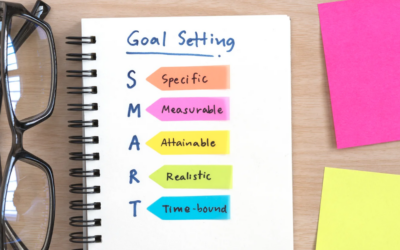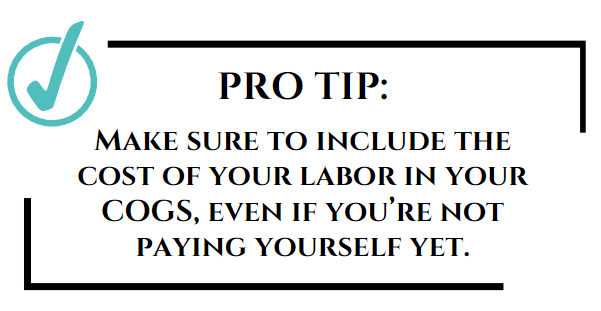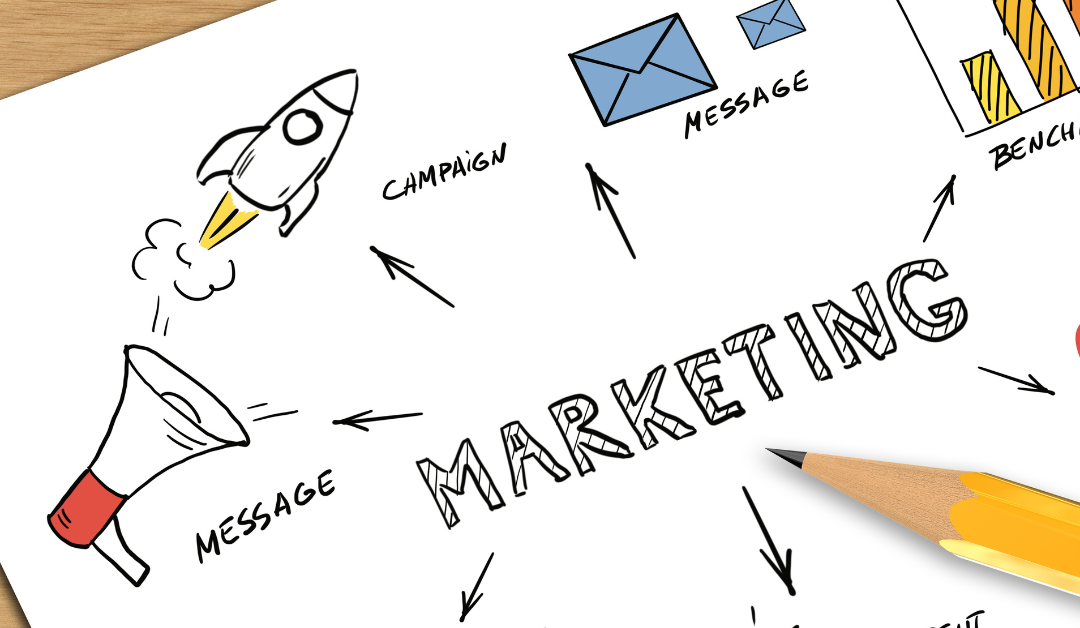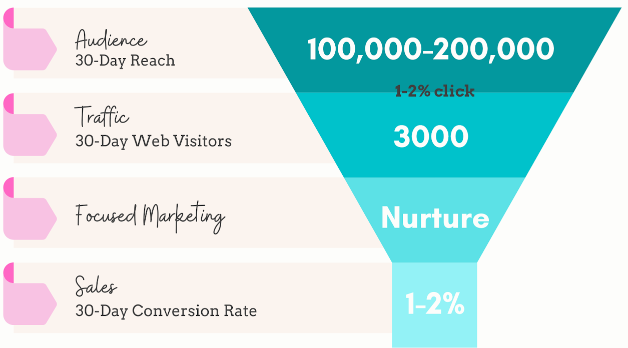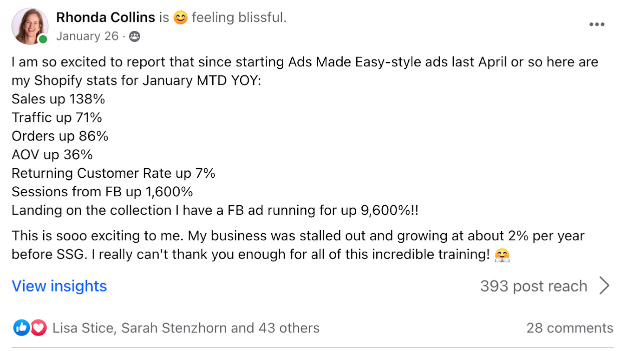No time to listen now? We'll send it to your inbox. No time to listen now? We'll send it to your inbox. or scroll down to get the highlightsHow to Set the Right Goals and Achieve Clarity in Your Business Recently,...

From 0 to multiple 6 figures. The story of a creative success, Episode 224
No time to listen now? We'll send it to your inbox.
No time to listen now? We'll send it to your inbox.
or scroll down to get the highlights

I get this question all the time: can artists and creatives really earn an amazing living by selling their products online? The answer is yes, and it’s actually never been easier.
Today I’m talking with Diane Hill, a designer who has translated her gorgeous paintings and designs into some unexpected (and highly profitable) avenues. Diane has taken her business from zero to multi-six figures, and she’s sharing how she got there, one step at a time. I think it will change how you think about what is possible for you.
From Art Student to Senior Designer
Diane started studying surface pattern design in England, with a focus on wallpaper. This led her to a placement (a type of long-term internship that occurs during the school year) with a hand-painted wallpaper company that she loved. The only problem was that Diane was pregnant, and after her first week at the new job she had a baby and had to withdraw.
She did, however, stay in touch with the company. They invited her to a party, and she turned up with a hand-painted cushion she had personalized for them. Two months later, she got a call asking if she’d like to do a one-off job, and she jumped at the opportunity.
After that commission, they asked her to work for them full-time. Diane felt like the luckiest girl in the world. Having a baby at a young age didn’t affect her career; it actually drove her to work even harder.
She stayed with the company for seven years and became their senior designer, hand-painting walls in luxury residences, yachts, and hotels all over the world. Then she had her second baby, and the commute—two hours each way—became too much.
But Diane felt she had more to give. She had learned these niche skills and wanted to share them with the world.
Turning Walls Into Opportunities
During her baby’s 3-hour afternoon nap she would paint murals on the walls of her new home, some of which took a year to complete because of the detail. She asked a friend, a professional photographer, to photograph the murals. Diane built a Squarespace website herself – breastfeeding with one hand and the laptop in the other. Those professional images became her portfolio, and she shared them to her social media account.
Her first post on her private Facebook account blew up, getting shared 250 times. Diane was blown away by the response.
The Instagram Breakthrough
Diane’s BIG break came when someone at Vogue magazine spotted her work on social media, which led to a small feature in an edition with Victoria Beckham on the cover. The images were bold and bright, which she believes struck a chord with people.
So Diane started an Instagram account in addition to her Facebook, and grew very slowly. She kept posting images each time she painted another wall of her home, and one day she received an inquiry.
It took a couple of years, but gradually things picked up. First, someone local asked her to paint a wall for £300, and she was thrilled. She took a photo, put it online, and another person came along a few months later. Diane put the price up, and that’s how it worked. It grew very slowly.
“I got where I am with really good video on Instagram…even though they were shaky, shadowy, terrible videos. It was the videos that really captured people’s attention.”
A Game-Changing Pivot
In a couple of years, she was back to painting in luxury Kensington and Mayfair townhouses, this time on her own terms, and booked out a year in advance. She was busy, but she was beginning to get tired. Realizing she couldn’t grow her business further because she was just one person, she pivoted to selling prints of her artwork. The shift to print on demand was a game-changer, allowing her to automate her processes and shifting the dynamic of her business completely.
Meaningful Impact, Explosive Growth
Diane was selling prints while still doing murals in 2020 when her second big break came. The Black Lives Matter movement had exploded online, and she could see that people were sitting at home, furious about what had happened. Diane, who is half Black, decided to create something for charity.
She did it, thinking she could raise a few hundred pounds because, at that point, she was selling only a few prints a month. But her fundraiser went viral—her Instagram account grew from about 20,000 followers to 100,000 followers in a very short space of time.
She sold so many prints, she raised £14,000 ($17- $18k USD) for charity. The prints were priced at £35 each, so they were affordable. She kept it really simple: one size, free worldwide shipping, and a small profit margin.
After that, Diane got noticed by everyone, including her dream company Harlequin, who reached out to her about a licensing deal. Between that and the fundraiser, her revenue jumped from a few hundred to £10k per month.
“It’s about marketing, it’s about visibility, eyes on your work. You could be the best artist in the world, technically able, but if you don’t have the eyes on your work, and if you don’t have good marketing strategy, you’re never going anywhere.”
In hindsight, Diane feels that the key ingredient to her success was a sort of “fake-it-til-you-make-it” strategy. She didn’t wait until she already had clients to put herself out there as a muralist, she painted her own walls and posted those. By positioning herself as a muralist for hire, she paved the way to becoming just that.
New Products, Broader Horizons
Diane paints on a special, hard-to-find silk paper, and her process videos are so captivating that followers began asking about her materials. Seeing an opportunity, Diane considered ordering paper and brushes in bulk from China to resell, but was nervous about the financial commitment.
She decided to test the waters with pre-orders, which did really well, so she used the money to buy more and did another set of pre-orders, which also sold out. Her starter brush kits and paper selection have grown to a big part of her total revenue.
The E-Book Evolution
Diane could see that the brushes and silk were really helping people, and she loved seeing her customers’ work with them. With the help of her sister, she started writing some blog posts on how to paint chinoiserie, always linking back to the brushes and the silk. While it was rewarding to help fellow artists, she knew she could make it bigger.
The downloadable pdf was born of this desire to give away serious, helpful information. Diane wanted to show exactly which brush and paint she used, how she blended, did the details, and even how to mount and frame the artwork. She wanted to talk about the history and put it all in a beautiful book rather than just a blog post.
Diane launched the e-book last November, pricing it at £25. She created urgency with a limited-time 30% discount. And it sold really well, thanks to an email marketing strategy and social media promotion. She was slightly apprehensive since it was her first e-book, but she sold about 500 copies in the first week. Diane received amazing reviews about how helpful it was.
Her second e-book also started with a blog post about her journey in building a six-figure art business. She created an Instagram post asking, “Want to know how I built a six-figure art business?” Using the ManyChat, Diane was able to send commenters the link to her blog post.
The response was overwhelming, with 5,000 comments on that one post. It was a no-brainer for Diane to turn this into an e-book.
This one was bigger, so she charged more and put significant effort into the marketing. Unlike her first e-book, where the marketing was minimal, she went all-in on this one. Within a matter of weeks, it became her most successful product launch.
What Diane loves about it is that it’s a digital product, so there’s no shipping involved, and it’s 100% profit. It sells her knowledge and genuinely helps people. And it’s highly scalable, because once created, it can be sold many times without additional production costs.
She says it has been game-changing to her bottom line.
Words of Wisdom for Aspiring Artists
Many artists don’t quite think of themselves as businesses. They see themselves with an artist mindset rather than a product business mindset. However, they need to do all the same things that a product business would do. Diane is a believer that all the marketing methods that any other business would use, artists need to use as well because they are selling a product. Diane has gained all of these tools from our course The Inner Circle (link) and applied them to her art business.
A few of her followers have expressed disappointment in Diane’s transition to selling digital products, feeling that she’s stepped out of her lane. What she wants every artist or anyone trying something different digitally to know is that those people will always be there. You have to use your data and look at the numbers to remind yourself that what you do is meaningful to people.
When people appreciate your product with their credit card, it means they see value in what you do. Diane keeps her focus on all the joy she’s putting out, and not on the tiny few who don’t like it.
From Passion to Profit: The Inspiring Journey of Diane Hill
Diane’s journey from a young artist studying surface pattern design in England to becoming a successful entrepreneur is truly inspiring. She leveraged social media for growth, transitioned from murals to prints, and expanded her business through smart marketing and new revenue streams. Her ability to adapt and innovate through the use of digital tools and platforms has allowed her to build a thriving six-figure art business. Her story is really a testament to the power of persistence, creativity, and strategic thinking.
If you want to see Diane’s work or purchase any of her ebooks you can find them at www.dianehill.co.uk/ or on Instagram @dianehilldesign
RELATED LINKS:
Diane’s Website
www.dianehill.co.uk/
How Artist Camila Prada Gets Paid For Her Art
https://thesocialsalesgirls.com/how-camila-prada-finally-gets-paid-for-her-art-episode-5/
Makers And Designers: Formula For Growth
https://thesocialsalesgirls.com/makers-and-designers-formula-for-growth-episode-65/
Is It Time To Pivot? Here’s How You Know
https://thesocialsalesgirls.com/is-it-time-to-pivot-heres-how-you-know-episode-69/
Get my new course, Conversion School for Free!
Learn our step by step process to grow your sales, without spending a
fortune on risky ad strategies, or discounting your products
The strategy you’ll learn in Conversion School works for Ecommerce stores at all stages.
You'll use your store’s data, so if you’re starting out, you’ll learn how to get consistent sales.
Established Store Owners will learn how to achieve significant sales growth every month.
A Little Trick To Get The Results You Really Want, Episode 225
From 0 to multiple 6 figures. The story of a creative success, Episode 224
No time to listen now? We'll send it to your inbox. No time to listen now? We'll send it to your inbox. or scroll down to get the highlightsI get this question all the time: can artists and creatives really earn an...
How Erica supersized her profit and wiped out her stress, Episode 223
No time to listen now? We'll send it to your inbox. No time to listen now? We'll send it to your inbox. or scroll down to get the highlightsHow Erica Campbell Turned Her Faith-Based Gift Shop Into A Profitable Business...

